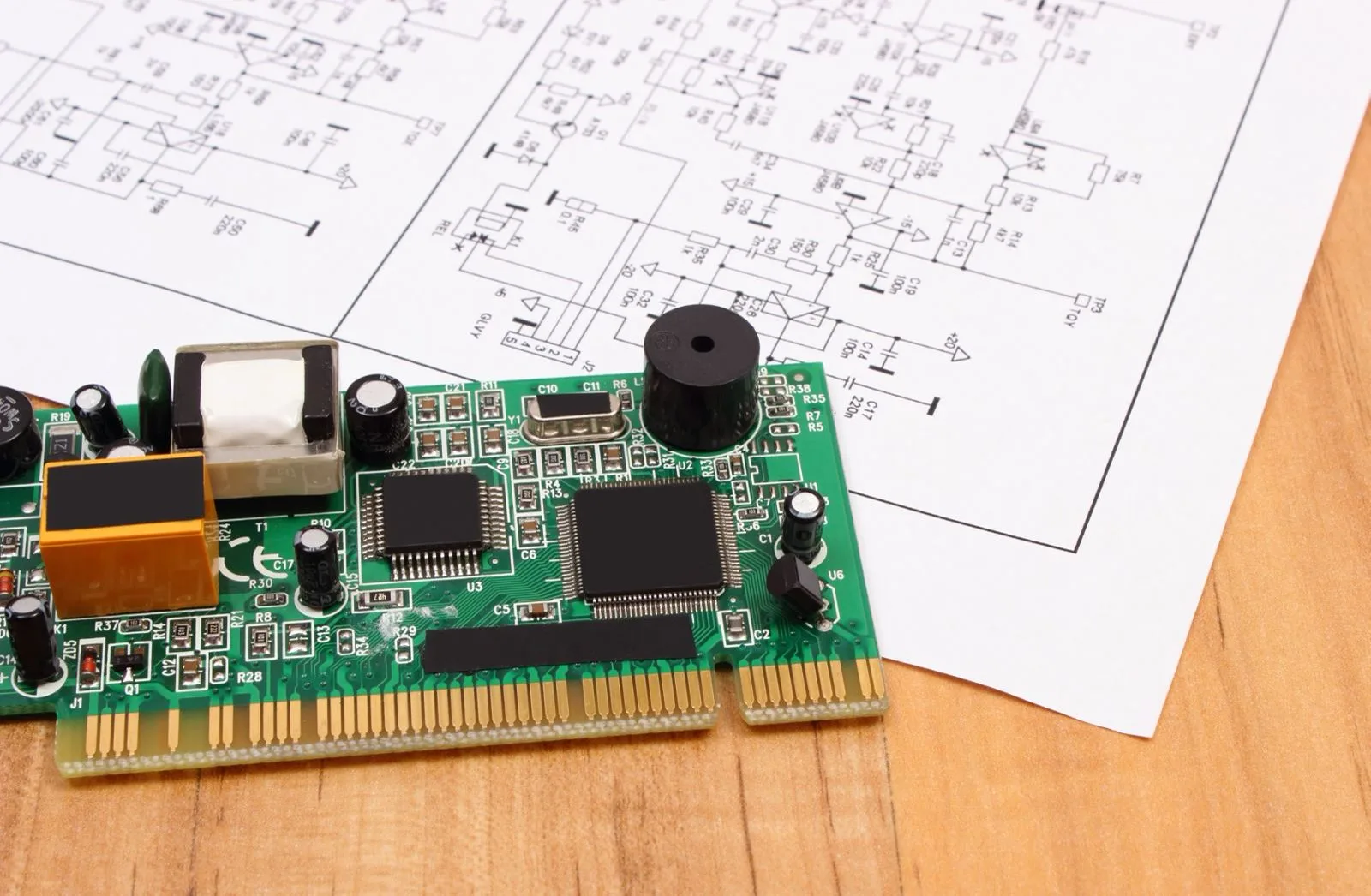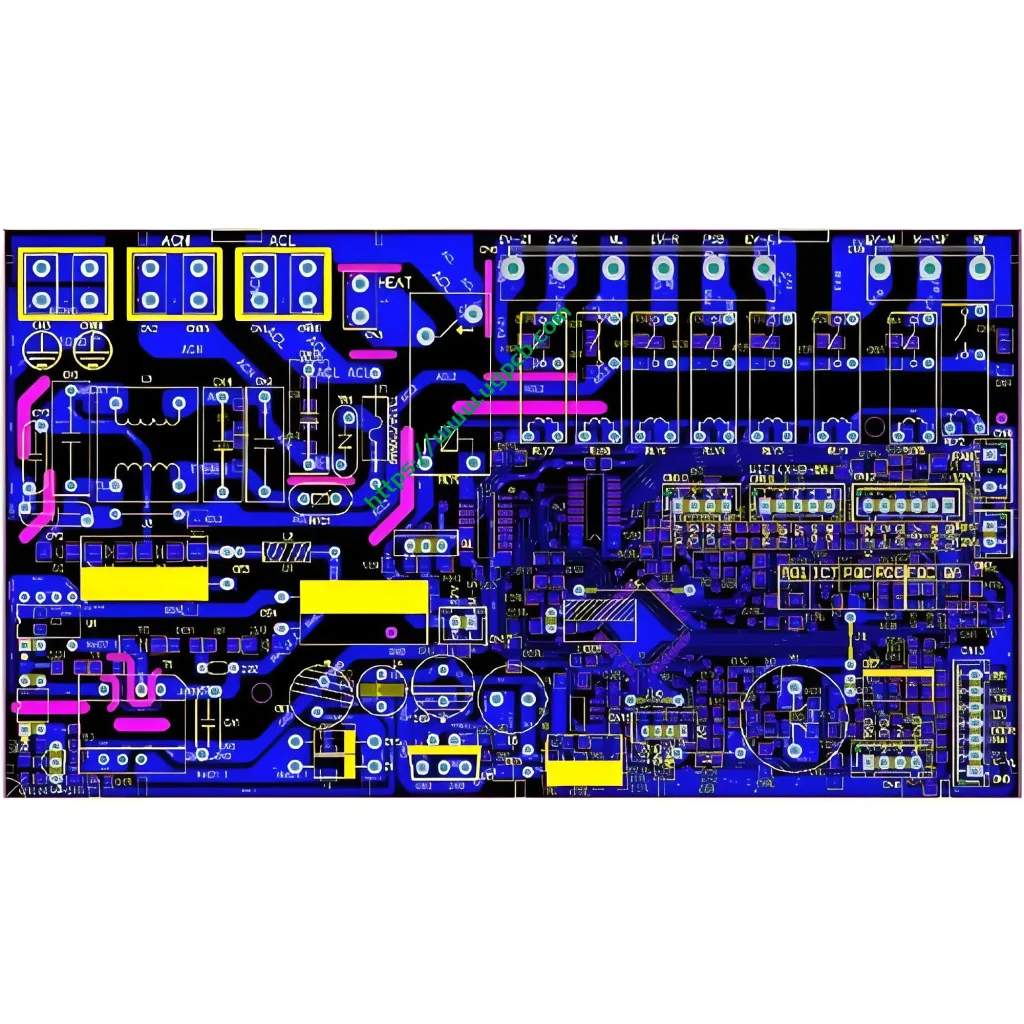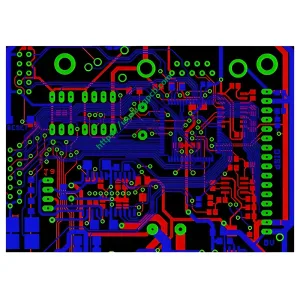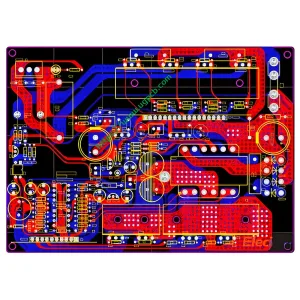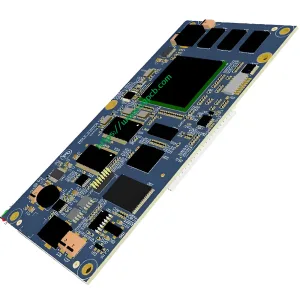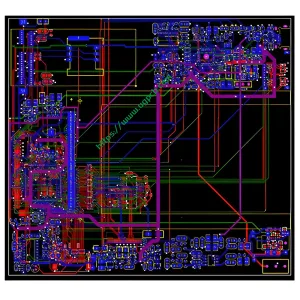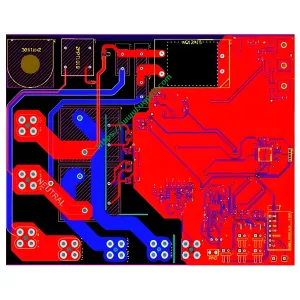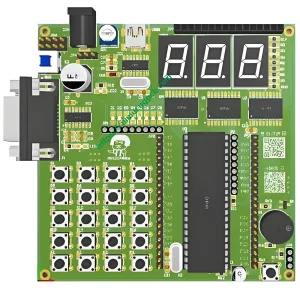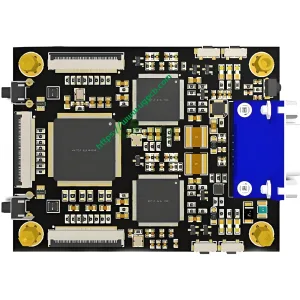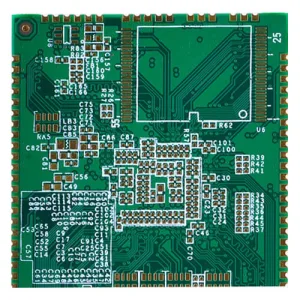PCB Business Growth and Impact
Печатная плата (печатная плата) Бизнес расширил свое неотразимое полезное влияние из -за постоянного роста технологического мира и его использования в различных областях. В последние годы, Его влияние на мир электроники превзошел все прогнозы, включая устройства IoT, смартфоны, компьютеры, искусственный интеллект, и еще.
ПХБ в медицинских устройствах
Transforming Medical Devices
Сейчас, ПХБ трансформируют медицинские устройства и преодолевают разрыв между пациентами и врачами в бизнесе медицинских технологий. печатная плата, Включение разработки этих удобных медицинских устройств. Достижения в области технологий здравоохранения помогают решить несколько ключевых задач в области медицинской помощи, например, установление точных диагнозов и отслеживание здоровья пациентов.
Growth in Medical Electronics Industry
Индустрия медицинской электроники быстро растет и, похоже, не замедляется, который показывает влияние печатных плат в медицинской сфере. Ожидается, что мировой рынок медицинской электроники достигнет $4.4 миллиард за 2022. С развитием технологий, ПХБ становятся все более и более важными в области медицины. Из -за их цифрового характера, Большинство медицинских устройств и гаджетов сегодня требуют, чтобы печатные платы работали правильно и эффективно.
Types of Medical Devices Using PCBs
ПХД необходимы для работы с медицинскими устройствами, такими как дефибрилляторы, Устройства стимуляции электрических мышц, МРИ, Медицинские системы визуализации, КТ, и ультразвуковое оборудование.
Технология медицинской печатной платы и ее типы
Требования к надежности и чистоте
Должны быть привлечены дополнительной помощи для обеспечения надежности при производстве медицинских ПХБ. Это потому, что человеческая жизнь зависит от оборудования, в котором они находятся. ПХБ также должны соответствовать очень строгим требованиям, когда дело доходит до чистоты. Это особенно верно для тех, кто используется в имплантатах. Первый, они должны быть гигиеничными. Они также должны быть более компактными, чем обычно. Поэтому, ИЧР (Взаимодействие высокой плотности) ПХБ используются в большинстве медицинских устройств.
Методы, используемые в сборке медицинской печатной платы
ИЧР / Via-in-Pad Technology
Дизайн вставки VIAS внутри медных прокладки называется Via-in-Pad и часто используется для экономии места на печатной плате.. С наступлением технологий, печатная плата может обеспечить до 50% Больше места для размещения компонентов. Широко распространенное использование VIAS в прокладках инженеров PCB в поисках более приемлемого шага для устройств и меньшей электроники. Другие виас, такие как слепые и похороненные вайи, помочь уменьшить пространство и увеличить плотность компонентов, Но для печатных плат, которые требуют высокой скорости и высокого рассеяния, Только Via-in-Pads по-прежнему лучший выбор.
Технология поверхностного крепления
Технология поверхностного крепления, или smt, В настоящее время используется практически во всех коммерческих устройствах, Из -за меньшего размера компонентов SMT, Позволяет упаковать больше электронных устройств в меньшее в небольшом пространстве. Помимо компактного, технология поверхностного монтажа (СМТ) Включает автоматическую пайку и сборку печатной платы, Улучшение надежности и экономия денег.
Печата тонкие линии и пробелы
Портативные электронные устройства следующего поколения будут в значительной степени полагаться на взаимосвязь высокой плотности (ИЧР) Технология печатной платы, в том числе крошечные линии и пробелы (2 мил и внизу). Эта технология имеет несколько преимуществ по сравнению с обычными методами, в том числе уменьшенный размер доски, Улучшенная проводка, и более дешевые затраты на производство.
Применение медицинской печатной платы в сфере здравоохранения
Жизненно важная роль ПХБ в медицинской промышленности
Печатные платы и электроника играют жизненно важную роль в медицинской промышленности. Они не только используются в приборах, но и в мониторинге, Диагностическое и терапевтическое оборудование. Более того, С развитием технологий, ПХБ в отрасли здравоохранения быстро расширяются, Открытие новых возможностей.
Общие применения ПХБ в здравоохранении
ПХД обычно используются в следующих приложениях:
- Сканирующее оборудование: КТ -сканеры, Рентгеновские экраны, и ультразвуковые сканирования все полагаются на электронные компоненты для работы.
- Мониторы: Устройства медицинского мониторинга, такие как мониторы сердечного ритма, Мониторы глюкозы в крови, и мониторы артериального давления содержат электронные компоненты.
- Медицинские инструменты: Медицинские исследования требуют различных инструментов для сбора данных и результатов теста. ПХД обычно встречаются в электронных микроскопах, системы управления, компрессоры, и другое оборудование.
Higher Standards for Medical PCBs
Из -за проблем со здоровьем, ПХД должны соответствовать более высоким стандартам в медицинской отрасли. Кроме того, Эти устройства должны быть надежными и хорошим качеством для удовлетворения медицинских требований. Из -за ограничений размера устройства, Медицинские печатные платы в основном разрабатываются и имеют тенденцию быть меньше.
 ЛОГОТИП УГКПБ
ЛОГОТИП УГКПБ
